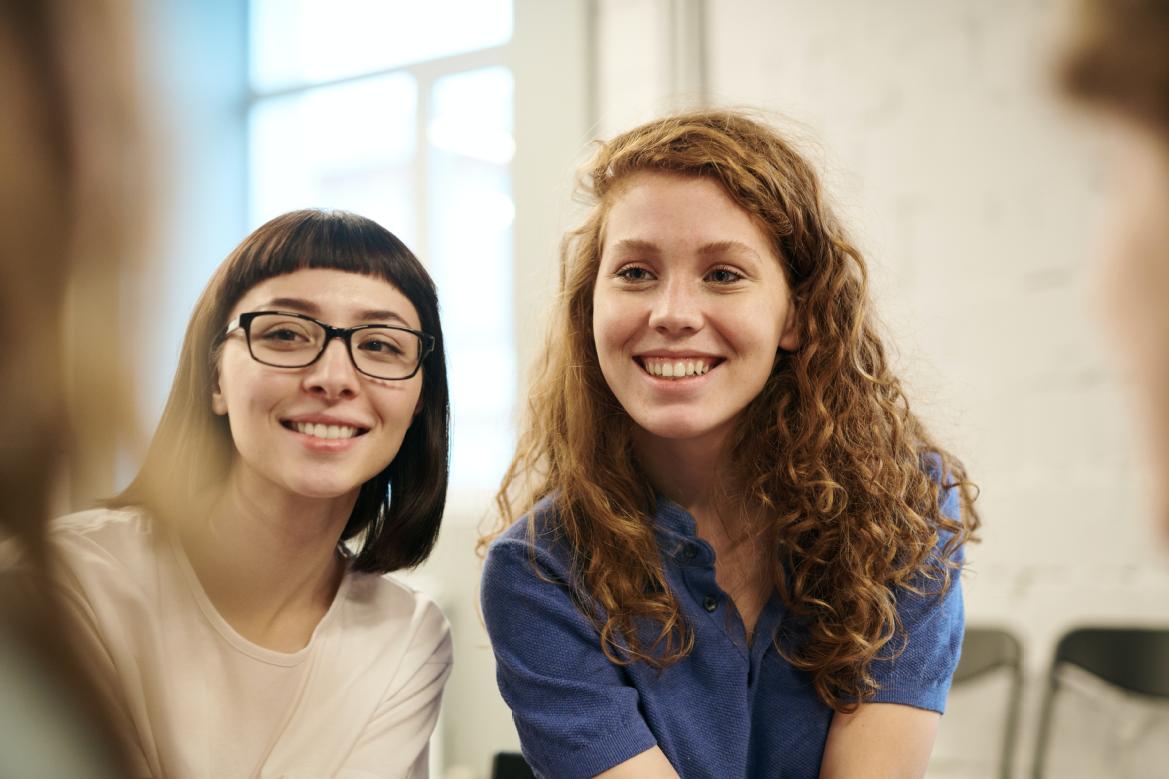Summary
Icebreaker pedagogies are simple and easy practices to be completed at the start of a new module or year. The idea is to design activities that permit social integration and a comfortable, positive classroom culture. This can be achieved in a number of different ways; a simple exercise is asking students to wear name badges in the first two classes. Learning names, especially as the teacher is important to personalise students’ learning experience. Another simple activity is asking each student to introduce themselves to the class and answer a couple of questions; for example, (i) why they chose this course, (ii) what they have done before joining the university 0r (iii) what they did over summer.
Theory
Pedagogies that help promote social cohesion within a classroom at an early juncture are vital for both academic proficiency and wellbeing. Creating a positive culture and relationship both between students and between staff and students is vital in the learning environment. Icebreakers are a great way of facilitating an integration period for students, they can come in a range of different techniques. The main objective is to encourage students to engage with each other and yourself as the lecturer. This helps build rapport that can help enhance classroom discussion and positive classroom culture.
Measurable Benefits
- Promoting positive classroom culture.
- Improving student-to-student and student-to-staff rapport.
- Facilitating an environment for more engaging and in depth discussion of module content.
How it Works
- Acquire sticky labels and ask students to write their names on them.
- Use the tabula register to try and learn names before students even start to make them feel welcome in the class.
- Prepare some questions that students can answer about what they’ve done in relation to the course or module content.
Additional Information
Supporting Example: Dr Martin Mik
Current Affairs Discussion
Students are encouraged to watch the news and bring examples of events relevant to the module (EU intro; but can be applied to a number of disciplines). Following the news helps students get more comfortable with the subject, e.g. names of politicians, key issues faced by the EU, etc. in a way that is not demanding/time consuming.
How it Works
- Ask students to follow a specific topic in the news and bring examples to the next seminar (e.g. EU focused for my module).
- At the start of the seminar ask for contributions and quickly go through them. Many can be used to illustrate content already covered (revision), or can be used to illustrate content to be dealt with.
- You can ask students to keep engaging with the news on an ongoing basis, or follow a specific news story (e.g. Brexit would last for years).
- You can ask students to consult different media outlet each, or even media from different countries to bring in different perspectives.
- One example thus produced turned into a case study we followed throughout the duration of the entire module and used it to illustrate various aspects of the functioning of the EU. It was a brilliant example that allowed the students to take ownership of their learning.
Individual Perspective
This is really easy. You need to keep an eye on the news to make sure you know what is going on and have a think how things might be linked to your content. But you cannot predict everything that will be brought up, which makes it a refreshing element in the content. Not all students engage with this immediately. Keeping an eye on main headlines allows you to illustrate what you are after in the first session.
Supporting Video: Dr Bo Kelestyn
Icebreaker Exercise
This video is a recorded interview between Dr Bo Kelestyn and Zoe Nobileau, one of the project officers. This conversation contains the a full description of the pedagogy, it's objectives and the potential benefits.
Student Feedback
This section contains a quote made by a student during the interview stages of the project. After gathering pedagogies such as this one, we described them to a pair of peers and asked them to reflect on the efficacy, potential and impact of various strategie, whereby they produced this comment:
- "Yeah, a great idea. Especially because people arrive late. The news is the news and everyone can help chip into a discussion as they arrive, instead of wasting valuable time, which I would definitely benefit from!"

